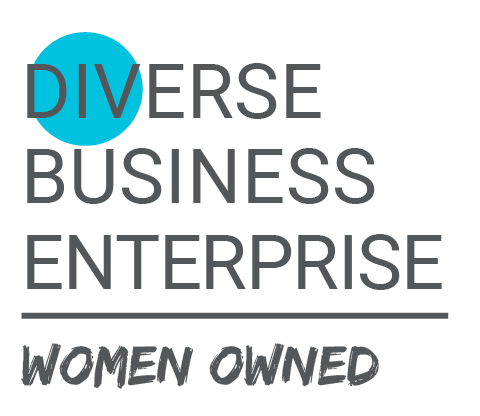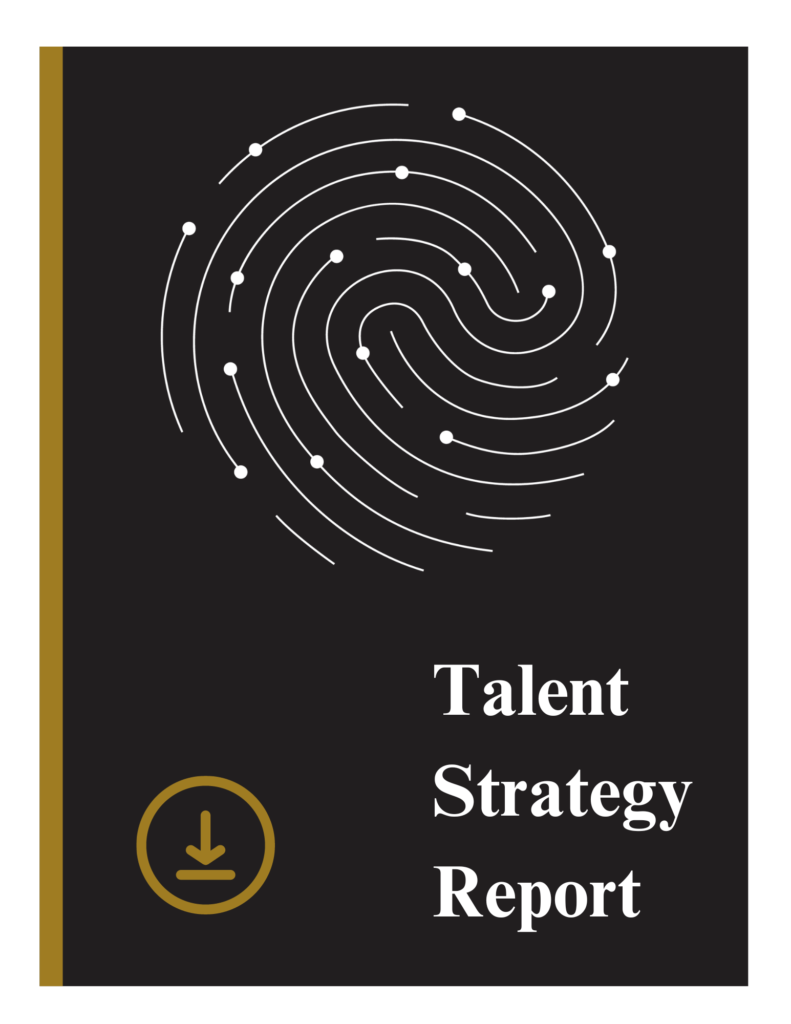by Amanda Sloan
The cultivation of high-potential leaders is a strategic imperative for organizations aiming to thrive in today’s dynamic landscape. These exceptional individuals possess the capacity to propel your organization forward, spearhead innovation, and ignite inspiration within their teams. In light of this, we present a comprehensive guide delineating strategies for identifying and nurturing high-potential talent within your company. By investing in the development of these future leaders, organizations can fortify their competitive edge, foster a culture of innovation, and ensure long-term success in an ever-evolving business environment.
Here’s a comprehensive guide to identifying and nurturing high-potential talent within your company.
Identifying High-Potential Leaders
Performance Consistency: Look for individuals who consistently exceed performance expectations and deliver high-quality results. A bad day (or even a bad month) will not hold these performers back; in fact, it might even drive them to succeed further.
Learning Agility: High-potential leaders often demonstrate quick learning ability and adaptability in various situations. These employees aren’t anxious about a new policy or discouraged by a new goal.
Emotional Intelligence: Essential for leadership, high Emotional Quotient (EQ) helps in managing teams effectively and making informed, empathetic decisions. Assessments can help measure someone’s emotional traits and provide strong predictors of behaviors in the workplace.
Strategic Vision: Potential leaders should not only be concerned with their individual roles but should also understand and contribute to the overall business strategy. Look for those that ask a lot of good questions in group settings, aiming to understand the big picture.
Developing High-Potential Leaders
Tailored Development Programs: Create specialized programs that focus on advanced leadership skills, strategic management, and innovation. Include formal training, workshops, webinars, and seminars. Outsourcing these programs can offer a cost-effective option to professional development assuming the curriculum is appropriate.
Mentoring and Coaching: Pair high-potential employees with experienced executives to provide guidance, share knowledge, and offer feedback on their professional development. These can be both formal mentoring programs and informal coaching relationships.
Challenging Assignments: Provide opportunities that push employees out of their comfort zones. Offer opportunities to lead high-stakes projects or work in different departments.
Feedback and Recognition: Regular feedback is crucial for growth. Provide candid advice for improvement when necessary. Also, recognizing employee efforts and achievements will keep them motivated and engaged.
Succession Planning: Incorporate high-potential personnel into the succession planning of your company to prepare them for future senior roles. This oftentimes requires years of advanced preparation.
Supporting High-Potential Leaders
Resource Allocation: Ensure leaders have access to the necessary resources—budget, team, tools—to implement their ideas and initiatives.
Network Building: Facilitate connections with other leaders within and outside the organization to enhance their insight and perspectives.
Work-Life Balance: Encourage a healthy balance to prevent burnout and maintain long-term engagement and productivity.
Measuring the Success of Your Leadership Development Efforts
Performance Metrics: Use clear metrics to measure the impact of leadership development, such as team performance, project success, and individual progression.
Feedback Systems: Implement regular feedback loops from peers, subordinates, and supervisors to continuously improve the development process. Tools such as The Predictive Index Perform platform offer opportunities to easily collect and evaluate this feedback.
Retention Rates: Monitor retention rates of high-potential leaders as an indicator of the effectiveness of your development programs. Exit interviews for those leaving leadership positions in your organization may also provide much-needed insight.
Developing high-potential leaders is crucial for the sustainability and success of any
organization. By identifying, nurturing, and supporting these talented individuals, companies can
ensure a robust leadership pipeline that will lead them into the future with confidence and
innovation.
Remember, the investment you make in your leaders today will define the future of your
organization tomorrow. If your organization needs help identifying, developing, or supporting
your leadership reach out to W Talent Solutions to consult with a Talent Strategy expert today!



















